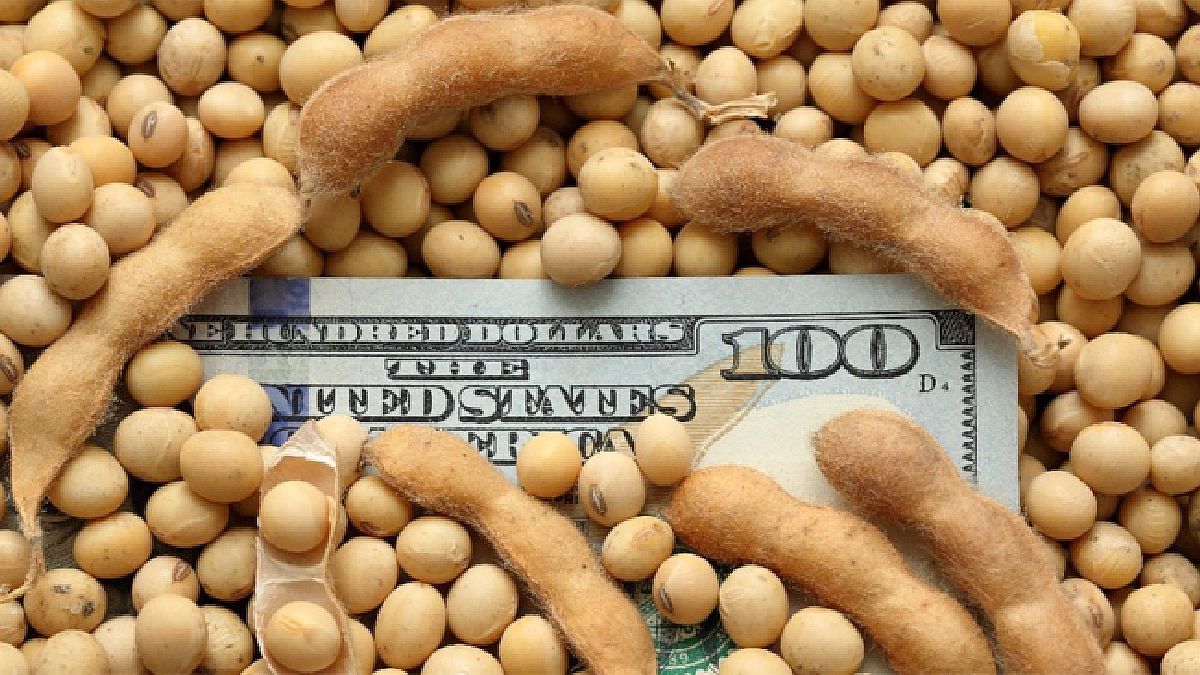Meanwhile, from the Rosario Stock Exchange they clarify that this is a preliminary projection that will surely be affected by what ends up happening with the weather in the coming months and the impact it may have on agricultural production in the country.
“If this exported value becomes effective, by 2023 it would reach shipments abroad below the last two years, but it could still be above previous years. This is due to the fact that despite the considerable drop in the volumes projected to be exported, the prices of the vast majority of grains and derivatives remain above the historical average, which partially offsets this cut in tons.” detail.
Another key piece of information for this coming year will be the willingness of the producer to sell his grains. It is that the presidential election and a possible change in the political map may delay the decision to sell, especially soybeans, thus deteriorating the availability of dollars in key post-harvest months.
Regarding production, the total grain harvest is expected to fall by 12% and be approximately 117.7 million tons, versus the 133.1 million tons of the previous season. In turn, total exports would reach 45.9 million tons, which marks a setback of no less than 27% since 2022 closed at approximately 63.3 million tons.
In relation to oilseeds (including cotton, safflower, rapeseed, sunflower, flax, peanuts and soybeans), the total planted area registered a rise of 6%, although due to productivity limitations, total production would increase by barely 2% to 49 ,3 million tons.
Regarding cereals (canary seed, rice, oats, barley, rye, corn, millet, sorghum and wheat), for 2022/23 a drop of 9% in the planted area but 20% in total production is expected. Indeed, cereal coverage would yield 1.8 million hectares, while the combination of less area and adjusted yields would leave production at 68.4 million tons for the new cycle.
Regarding industrial use, considering both oil production from oilseeds and grain milling, plus other industries, absorption would remain mostly stable, yielding just 1%. The forecast of a 0.7% increase in the crushing of oilseeds differs here, while the processing of cereals would fall by 4%. In the case of soybeans in particular, the reinstatement of the tariff differential that benefits the export of soybean derivatives instead of the export of unprocessed grain suggests that, despite the prospects for lower production, the oil industry will sustain itself. relatively better than shipments of grains without added value. On the side of cereals, the industries that suffer the most from the drop in production would be particularly wheat, and some corn.
“Thus, given the relative stability of industrial use, the decrease in production suggests a 27% drop in grain exports. For the 2022/23 business cycle, shipments abroad of cereal grains and oilseeds are projected for a total of 45.9 million tons, the lowest volume since the 2017/18 campaign when 43 million tons were exported, amid another brutal drought”, warn from the Rosario Stock Exchange.
Finally, regarding the export of by-products and oils, for 2022/23 a relative stability could be observed in terms of tons, being slightly below the average of the last 10 years and remaining practically the same in relation to what was observed in the previous campaign. In this way, total exports would be located at 36 million tons, showing a relationship between by-products and oils of approximately 4 to 1.
Source: Ambito
David William is a talented author who has made a name for himself in the world of writing. He is a professional author who writes on a wide range of topics, from general interest to opinion news. David is currently working as a writer at 24 hours worlds where he brings his unique perspective and in-depth research to his articles, making them both informative and engaging.




